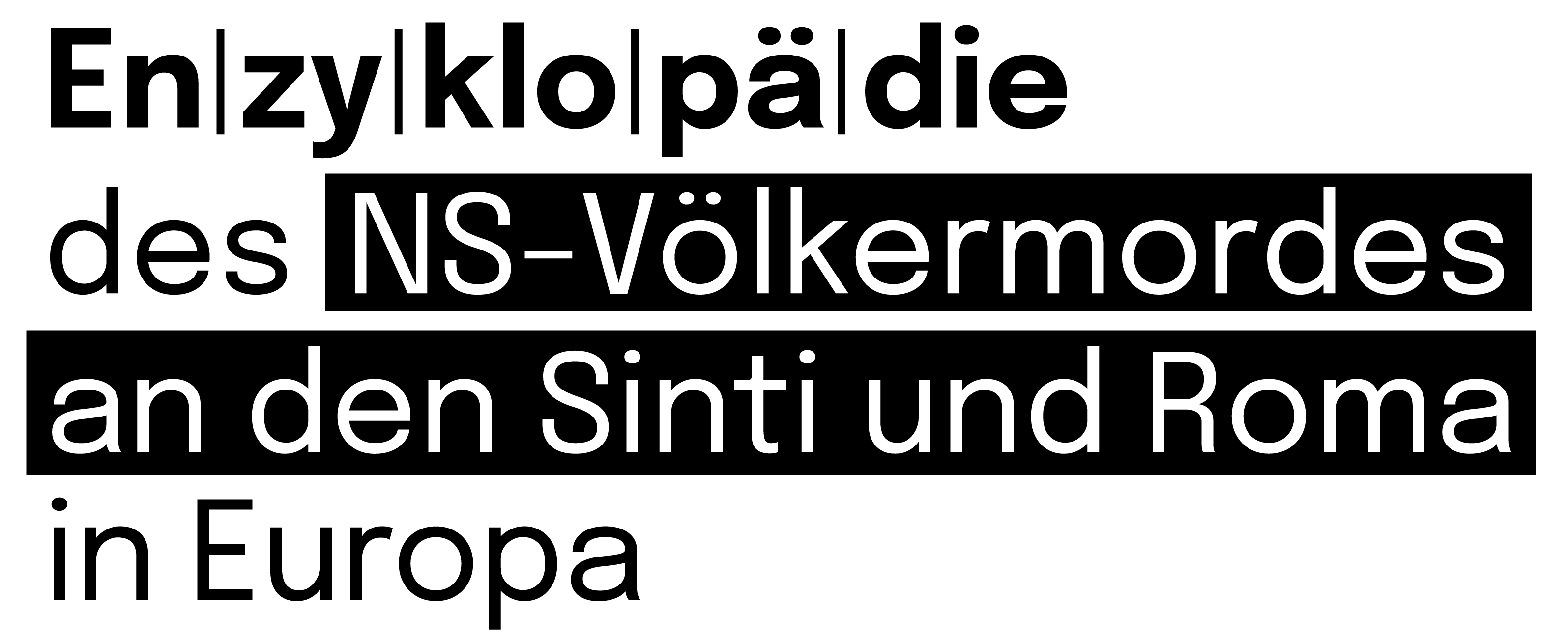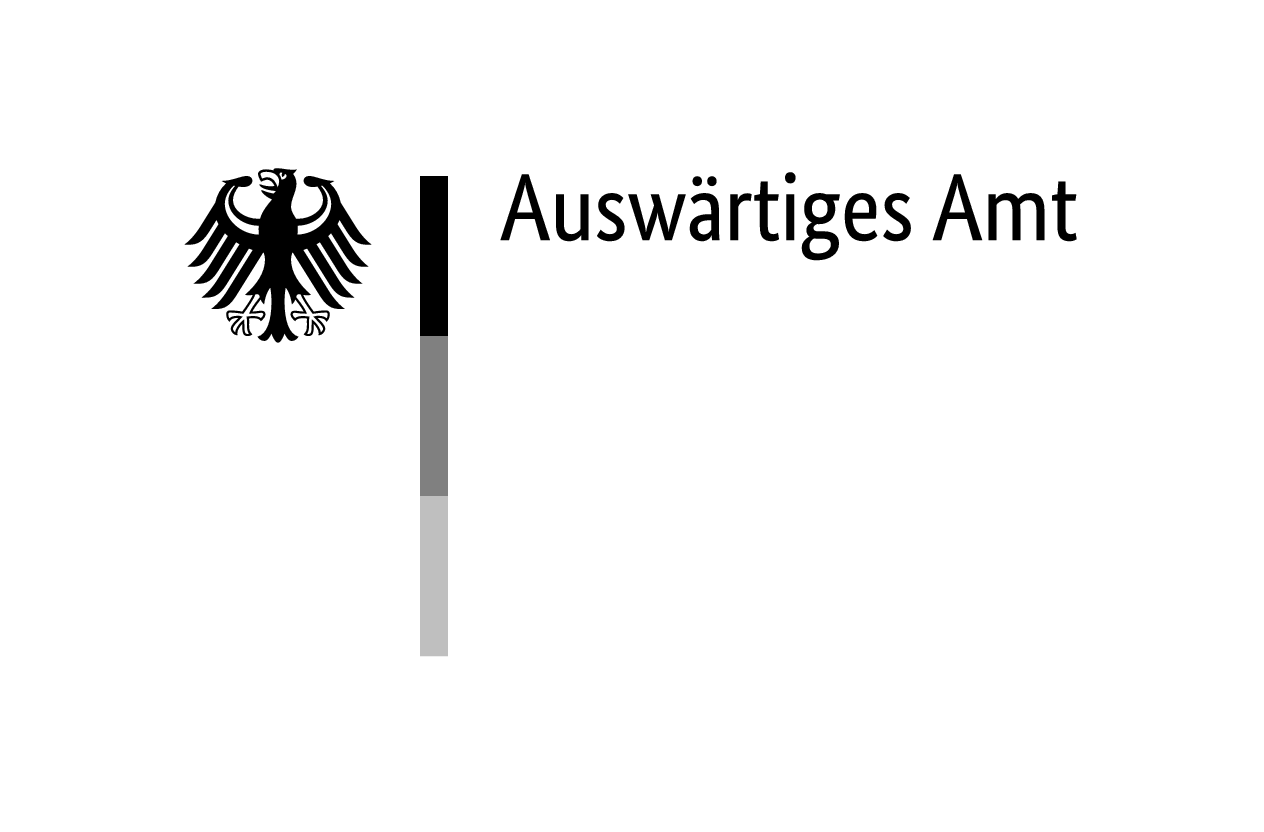Elisabeth ‘Mädie’ Franz was born on 29 February 1928 in Waimes, close to Malmedy in the Belgian Ardennes. Mädie Franz was the youngest daughter in a family of ten in total, which also consisted of mother Ernstine (1880–1944), father Johann ‘Spitzbahrt’ (1889–1944), Shanni (1910–1944), Josef Mendel ‘Mannele’ (1911–1976), Paula ‘Poenta’ (1917–1944), Hans ‘Leutze’ (1920–1944), Cecilia ‘Soela’ (1922–1992), Peter ‚Peppie‘ (1923–1944), and Willie ‘Eifa’ (1925–unknown). Around 1924, the Franz family moved from Prussia to the three-country region around South Limburg. The Franz family earned their living by trading horses and playing music at parties, fairs and weddings. Father Johann also gave performances with his marionette theatre. And Mädie Franz, her mother and sisters sold textile wares door to door. The family’s permanent location was De Heide in Beek in the late 1930s.
Arrest
In 1943, travelling around in caravans was banned in the Netherlands. To avoid police harassment and the danger of being forced into a camp, the family settled in an abandoned house in Bocholtz, Limburg. Only the eldest son Josef Franz, who was already married to a woman and had two sons, went to live with his parents-in-law in their house in Beek. By order of the mayor of Bocholtz, the family had to leave the house after a short time. After a short stay at a camp in Maastricht, Mädie Franz and her family ended up on a private property in Beek, in the centre of the village. With the help of acquaintances, her father had managed to obtain a permit for this.
On 16 May 1944, the nationwide round-up of Sinti and Roma took place all over the Netherlands. The mayor of Beek ordered two local police officers to arrest the ten Sinti living in his municipality. At four o’clock in the morning, the agents cordoned off the meadow at the Stegen with a roll of barbed wire. They roused the nine disturbed members of the Franz family and forced them to go to the police station, where they were registered.
Under the supervision of the two police officers, the Franz family was then escorted to Sittard station on a regular scheduled bus. From Sittard to Zwolle they sat with their guards in a closed railway carriage, which was coupled behind an ordinary passenger train. In Zwolle, a few other Sinti and Roma also joined them in the carriage, which was then de-coupled and attached to a special train to Westerbork.
Half an hour after the arrest of the family, there was a knock on the door at the house where Josef ‘Mannele’ Franz was staying. His wife managed to keep the officers talking at the door for a few moments, enough time to give her sister, who was also present, the chance to warn her husband, who was lying in bed in the attic. He escaped in nightwear through the attic window. With a borrowed bicycle and borrowed clothes, he went to Roggel, where his wife’s family helped him to find a hiding place, a hut in the marshes. Together with Frits Linke (1909-2001), who had deserted from the Wehrmacht, he remained there in hiding for the rest of the war.
Deportation
After a three-day stay in Westerbork, Mädie Franz, her parents, brothers and sisters were deported to Auschwitz-Birkenau concentration and extermination camp, where they were transferred to Camp Section BIIe upon arrival. Mädie Franz and her sister Cecilia Franz had to perform forced labour in Birkenau building roads.
At the end of July 1944, the Franz family were among the prisoners who were selected as ‘fit for labour’ and transferred to the Ravensbrück (women) or Buchenwald (men) concentration camps. Johann Franz was murdered in Buchenwald in September 1944, Ernestine Franz in August 1944 in Ravensbrück. Paula Franz died in September 1944 in Ravensbrück, and Hans Franz in November 1944 in Sangerhausen as a prisoner of Mittelbau-Dora. Peter Franz died in November 1944 after fleeing from Mittelbau-Dora, and Shanni Franz in March 1945 in Bergen-Belsen concentration camp.
After a few months, Mädie and Cecilia Franz were transferred to Wolkenburg near Leipzig, a satellite camp of Flossenbürg, where they were put to work in a Volkswagen factory. The food was poor, a watery ‘soup’ and a piece of bread a day, but the work was indoors and not as heavy as in Auschwitz-Birkenau.
When the Soviet Army got closer to Leipzig in 1945, the approximately 100 women employed in Wolkenburg, all Sinti and Roma, were moved from the factory to the Dachau concentration camp in southern Germany, travelling first on foot and later in two freight cars. Mädie and Cecilia Franz managed to escape during an air raid on the train. A few days later they were liberated by the American army. With the help of the Red Cross, the sisters managed to return home.
After 1945
Of the Franz family, only Mädie, Josef, Willie and Cecilia Franz survived. On their return to the Netherlands, they found a looted caravan. All their belongings were gone. Mädie Franz received no support from the government. She had contracted tuberculosis and after the liberation spent almost a year in a sanatorium in Vaals. She then moved in with her brother Josef Franz, and later with Cecilia Franz. She went to work in Valkenburg and met her future husband there in 1953. Three daughters were born of the marriage. Mädie Franz kept silent about her past and origins, hoping to protect her children from insults and abuse by friends and acquaintances. When people asked her about her background, she would say she was from Poland or the Czech Republic.
In the 1990s, the history of Mädie Franz and her family began to attract attention. In 1993 a monument was unveiled in Beek at the family’s former place of residence, and in 1994 Herman van Rens (born 1946) published a book which also told about Mädie Franz’s story. Mädie Franz then began to tell her own story in public, returning to Camp Westerbork for the first time for a television programme in 2014. Mädie Franz passed away on 21 November 2014 in Maastricht. Her biography was published in 2020, written by her daughter Anjes Wolfs-Driessen (born 1962).




